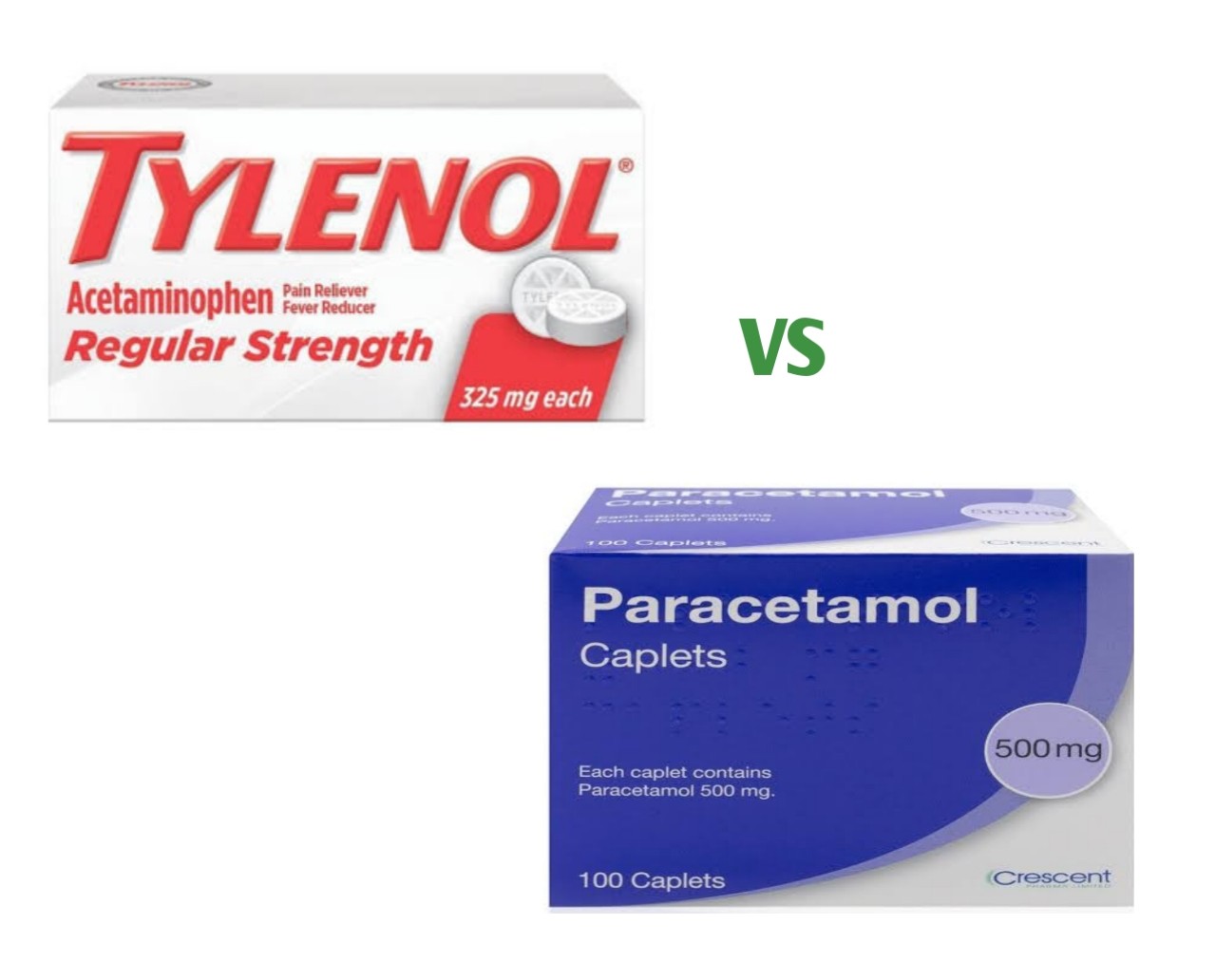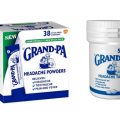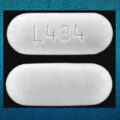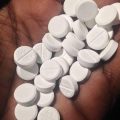Acetaminophen the active ingredient in Tylenol is one of the most famous drugs in the U.S. It’s used to help relieve mild to moderate pain, fever, and headache. The chemical compound para-acetylaminophenol is known by many other names such paracetamol.
Acetaminophen and paracetamol are two of the generic names for this compound. Other names used for acetaminophen include APAP N-acetyl-p-aminophenol p-acetylaminophenol and of course Tylenol.
Regardless, all the names are referring to the same chemical substance and chemical name drug, which can be written as para-acetylaminophenol.
Other trade names around the world for products containing acetaminophen include:
- Abenol
- Acephen
- Apo-Acetaminophen
- Atasol
- Feverall
- Mapap
- Ofirmev
- Panadol
Acetaminophen and paracetamol are used to treat acute tension-headaches and mild to moderate migraine, especially in combination with caffeine and aspirin. Acetaminophen or paracetamol is indicated in chronic pain associated with rheumatoid arthritis, back or hip pain, osteoarthritis, dental pain, or acute pain due to soft-tissue injury. They are suitable substitutes for aspirin for its analgesic or antipyretic uses in cases where aspirin is contraindicated (gastric bleeding) or when the prolongation of bleeding time caused by aspirin would be a disadvantage.
Acetaminophen vs. Paracetamol: Do they have the same dosage?
The dose of either medication depends on the brand in your possession. According to the NHS, paracetamol can be taken with or without food. The usual dose for adults is one or two 500mg tablets up to 4 times in 24 hours.
Always leave at least 4 hours between doses. Overdosing on paracetamol can cause serious side effects. Do not be tempted to increase the dose or to take a double dose if your pain is very bad.
Adults can take a maximum of 4 doses (up to eight 500mg tablets in total) in 24 hours. Wait at least 4 hours between doses.
Acetaminophen (Tylenol) is available in children’s strength, regular strength, extra strength, and extended-release strength. It’s also available as a tablet, capsule, liquid, powder, and suppository. Follow your provider’s instructions or the directions on the medication label. The following information includes only the average doses of this medication.
Adults: The typical dose is 650 mg either by mouth or inserted into the rectum every 4 to 6 hours as needed. The maximum daily dose will differ slightly depending on what formulation (e.g., regular strength, extra strength, extended-release, etc.) you’re taking, but generally, you should not take more than 3,000 mg to 4,000 mg per day. Check with your provider about what your maximum dose of acetaminophen (Tylenol) should be.
Children: The dose is typically based on the child’s age and weight. In most cases, children age 12 or older can use the adult dose, but it’s always best to follow the provider’s instructions or the directions on the medication label.
Are the side effects of acetaminophen and paracetamol the same?
Yes, since they contain the same active ingredient they also produce the same side effects. Most people tolerate this drug well. In rare cases, people have had allergic reactions to it. The most concerning side effect, though, is severe liver damage. It usually only happens when you overuse acetaminophen.
Allergic reaction
In very rare cases, some people have had allergic reactions to paracetamol or acetaminophen. Call your doctor immediately if you develop the following reactions after taking paracetamol or acetaminophen:
- difficulty breathing or swallowing
- swelling of your face, lips, throat, or tongue
- hives
- severe itching
- peeling or blistering skin
Severe liver damage
Paracetamol or acetaminophen poisoning can happen from taking too much acetaminophen. Your liver processes the drug and converts it into a different substance. If you take large amounts of paracetamol or acetaminophen, your liver produces more of that substance. And when there is too much of it, that substance can damage your liver. However, if you take paracetamol or acetaminophen at the recommended dosage, liver damage from the drug is not likely.
Symptoms of liver damage include:
- yellowing of your skin or the whites of your eyes (jaundice)
- pain in the upper right area of your abdomen
- nausea or vomiting
- loss of appetite
- fatigue
- sweating more than usual
- pale skin
- unusual bruising or bleeding
- dark or tea-colored urine
- dark, tarry stools
If you suspect you’ve taken too much paracetamol or acetaminophen and notice any of these symptoms, contact your poison control center or get medical help right away. If you know you’ve taken more than the recommended dosage of acetaminophen, go to the nearest emergency room, even if you don’t have any symptoms of liver damage. If someone you know who has taken acetaminophen becomes unresponsive or stops breathing, call 9-1-1 or the number for your local emergency services.
Acetaminophen vs. Paracetamol: Which damages the liver more?
According to the U.S. Food and Drug Administration (FDA), taking too much acetaminophen or paracetamol can cause the same dose-dependent damage to your liver. The recommended maximum daily dose of both drugs is 4,000 milligrams (mg) per day for adults. However, the difference between a safe dose of acetaminophen and one that may harm the liver is very small. McNeil Consumer Healthcare (the maker of Tylenol) lowered its recommended maximum daily dose to 3,000 mg. Many pharmacists and healthcare providers agree with this recommendation.
Other factors add to the risk of liver damage when taking acetaminophen or paracetamol. For example, the chance of liver damage is greater if you already have liver problems, if you drink three or more alcoholic beverages a day, or if you take warfarin. In severe cases, an overdose of acetaminophen or paracetamol can cause liver failure or death.
Symptoms of an overdose can include:
- loss of appetite
- nausea
- vomiting
- pain in the abdomen or belly, especially in the upper right side
Also seek emergency care if you notice any symptoms of an overdose, such as loss of appetite, nausea and vomiting, or pain in the upper right side of the abdomen.
Most of the time, acetaminophen or paracetamol overdose can be treated. Someone who has overdosed may be admitted to the hospital or treated in the emergency department. Blood tests can help detect the level of acetaminophen or paracetamol in the blood. Other blood tests may be done to check the liver. Treatment may include medications that help remove the acetaminophen or paracetamol from the body or lessen its harmful effects. Stomach pumping may also be necessary.
Causes of acetaminophen or paracetamol overdose
In adults
The overwhelming majority of the time, acetaminophen or paracetamol is taken safely and according to the directions. Some common reasons that people may accidentally take more than the recommended daily dose of acetaminophen include:
- taking the next dose too soon
- using multiple medicines that contain acetaminophen at the same time
- taking too much at one time
People can also take several drugs that contain acetaminophen or paracetamol without even knowing it. For example, you may take a daily prescription medicine that contains acetaminophen or paracetamol. If you get sick, you may reach for an OTC cold medicine. However, many cold medications also have acetaminophen or paracetamol. Taking both drugs on the same day may lead to unintentionally taking more than the maximum daily dose. Taking fake paracetamol can also cause an overdose.
Poison Control recommends that you tell your healthcare provider about all prescription and OTC medicines that you’re taking to make sure that you aren’t taking too much acetaminophen or paracetamol. For a list of common medicines that contain acetaminophen or paracetamol, visit KnowYourDose.org.
You should talk to a healthcare provider before taking acetaminophen or paracetamol if you have three or more alcoholic drinks every day. Together, acetaminophen and alcohol increase the chance of overdose and liver damage.
In children
Children may also unintentionally take more acetaminophen or paracetamol than recommended by taking too much at once or taking more than one product with acetaminophen.
Other factors can also increase the chance of overdose in children. For example, a parent may give their child a dose of acetaminophen or paracetamol without realizing that the babysitter recently did the same. Plus, it’s possible to measure the liquid form of acetaminophen or paracetamol incorrectly and give too large of a dose. Children may also mistake acetaminophen or paracetamol for candy or juice and accidentally ingest it.





